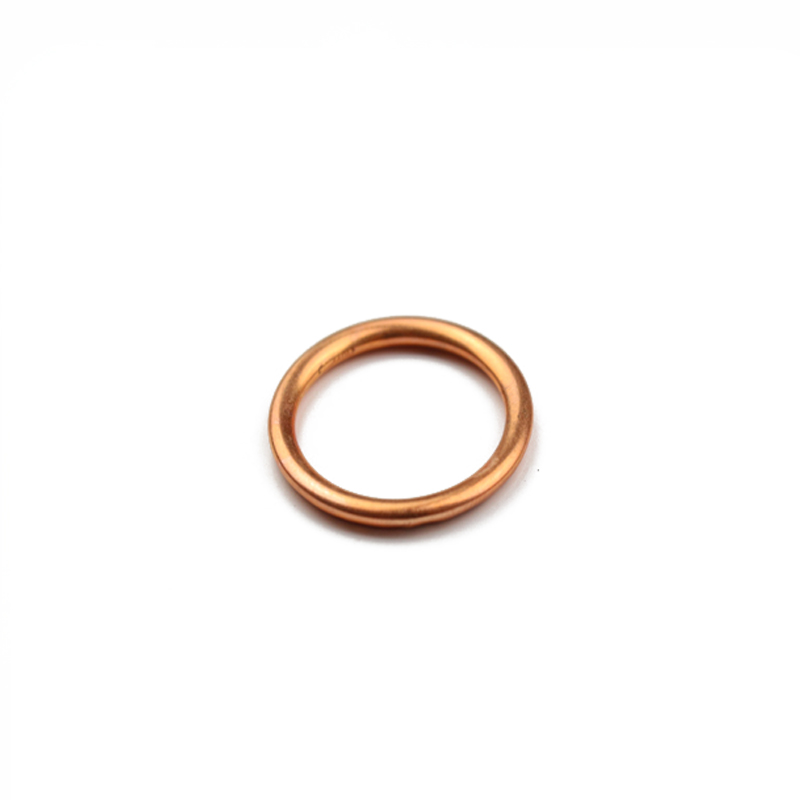drive shaft oil seal
Understanding Drive Shaft Oil Seals Importance, Function, and Maintenance
Drive shaft oil seals are essential components in automotive and machinery applications that play a critical role in maintaining the efficiency and longevity of mechanical systems. These seals are designed to prevent the escape of lubricating oils, as well as protect against the ingress of dirt, dust, and moisture. Utilizing drive shaft oil seals effectively can help ensure that your vehicle or machinery runs smoothly and withstands the test of time.
What is a Drive Shaft Oil Seal?
A drive shaft oil seal is a type of sealing device positioned around the drive shaft, which is responsible for transferring power from the engine to the wheels of a vehicle or the working components of machinery. The oil seal is usually made of resilient materials such as rubber, silicone, or specialized polymers designed to withstand high pressures and temperatures. Its primary function is to create a tight seal between the rotating shaft and the stationary housing.
Importance of Drive Shaft Oil Seals
1. Prevention of Fluid Leakage One of the main functions of the drive shaft oil seal is to prevent oil from leaking out of the transmission or differential. This fluid is crucial for lubrication, heat dissipation, and preventing wear and tear on internal components.
2. Protection Against Contaminants The seal acts as a barrier against dust, dirt, and moisture, which can lead to mechanical failure if they enter the system. Contaminants can degrade the quality of lubricants and lead to increased wear on moving parts.
3. Maintaining Performance A functioning oil seal is vital for maintaining the overall performance of an engine or a piece of machinery. Oil leakage can not only result in reduced efficiency but also create issues such as overheating and increased friction.
4. Extending Equipment Life By preventing fluid loss and contaminants, oil seals ensure that the lubricants remain effective for longer periods, ultimately extending the life of the machinery or vehicle components.
How Drive Shaft Oil Seals Work
drive shaft oil seal

When a drive shaft rotates, the oil seal forms a dynamic seal around the shaft. As the shaft moves, the rubber lip of the seal presses against its surface, creating a frictional fit that prevents oil from escaping. This design allows for only minimal wear on the lip, while ensuring that the lubricant stays contained within the system. Over time, certain factors such as heat, friction, and contamination can cause the seal to wear down, leading to leaks and decreased performance.
Signs of Oil Seal Failure
Recognizing the signs of a failing drive shaft oil seal is important for timely maintenance. Common indicators include
- Oil Puddles or Spots If you notice oil spots under your vehicle or machinery, it could be a sign of a leaking oil seal. - Unusual Noises Grinding or whining noises may indicate that the drive shaft is not properly lubricated, possibly due to leakage. - Decreased Performance A noticeable drop in performance, such as difficulty in acceleration or increased engine temperature, can also suggest issues with the oil seal.
Maintenance and Replacement
Routine maintenance can significantly reduce the likelihood of drive shaft oil seal failure. Here are some tips
- Regular Inspections Periodically check for visible leaks or signs of wear around the area of the drive shaft. - Maintain Fluid Levels Regularly monitor oil levels and top them off when necessary to ensure that the system remains adequately lubricated. - Prompt Repairs If you suspect an oil seal issue, address it promptly to prevent further damage to the drivetrain or related components.
When replacement is necessary, it is crucial to select the correct oil seal designed specifically for your vehicle or machinery to ensure proper fit and function.
Conclusion
Drive shaft oil seals are a small but vital component in the world of automotive and machinery maintenance. Understanding their role, importance, and signs of failure can help vehicle owners and operators maintain optimal performance and prolong the life of their equipment. Regular inspections and swift action in the face of potential issues can save time and money in the long run, ensuring that your machinery continues to run efficiently for years to come.
-
The Ultimate Guide to Car Repair Kits: Tools and Essentials Every Driver Should Own
News Aug.01,2025
-
The Complete Guide to Oil Pan Gaskets: Sealing Engine Leaks the Right Way
News Aug.01,2025
-
Preventing Oil Leaks: A Complete Guide to Oil Pan Gaskets and Drain Seals
News Aug.01,2025
-
Everything You Need to Know About Oil Pan Gaskets and Drain Plug Seals
News Aug.01,2025
-
Essential for Car Owners: How to Use a Car Repair Kit to Deal with Minor Breakdown
News Aug.01,2025
-
Comprehensive Guide to Engine Oil Sump Gaskets and Related Seals
News Aug.01,2025
-
The Ultimate Guide to Boat Propeller Bearings and Trailer Wheel Bearings
News Jul.31,2025
Products categories















